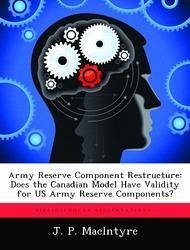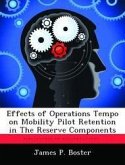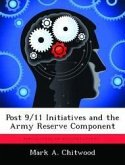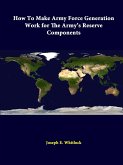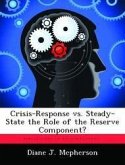This study examines variables of restructure of U.S. Army Reserve Components (RC), consisting of Army National Guard (ARNG) and United States Army Reserves (USAR), as compared to the model adopted in 1995-1997 by the Army Reserve of Canada. The author is aware of problems this restructure generates, as he drafted the Land Force Atlantic Area (LFAA) Reserve Restructure Proposal which formed the basis for Canadian Land Force Command (LFC) (Army) Reserve Restructure Plans. The RC restructure will be an important factor in the reorganization of western armies as Active Components (AC) draw down. The burden in meeting international and domestic commitments of Western militaries by their governments, makes RC involvement in military operations increasingly necessary. With the dissolution of the Warsaw Pact, the US Army is under pressure to reduce heavy forces, yet meet growing numbers of Military Operations Other Than War (MOOTW) missions dominant in current theaters. Since Reserve restructure principles adopted by Canada may have application for US Army RCs, the study examines roles, organization, and missions of both organizations. Methods of reorganization adopted by Canada are analyzed against these organizations to determine if they have application for either US Army RC. Basic roles of Reserves of both nations are similar. Therefore it is reasonable to assume many parts of the restructure process are applicable to both. The focus is to determine which Canadian factors could be applied to US RCs. The study concludes that specific and general principles of the Canadian model have merit for application within the US RCs. In order for the Army to meet domestic and international missions, it will be necessary for federal and state governments to reach further consensus on the structure of these Total Force Army elements. The study recommends that principles used in Canada be considered for application in current and future US Army RC reorganization.

